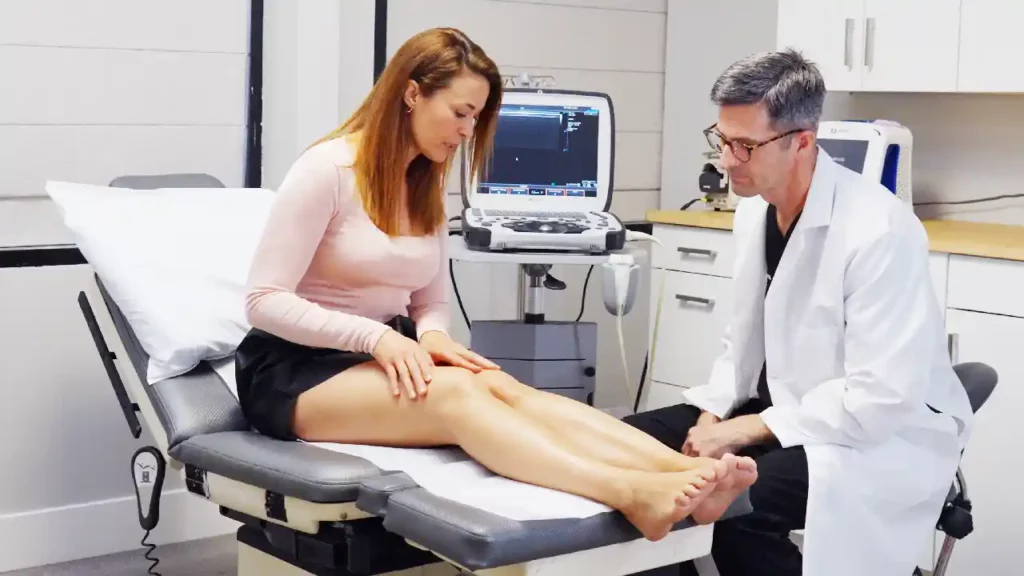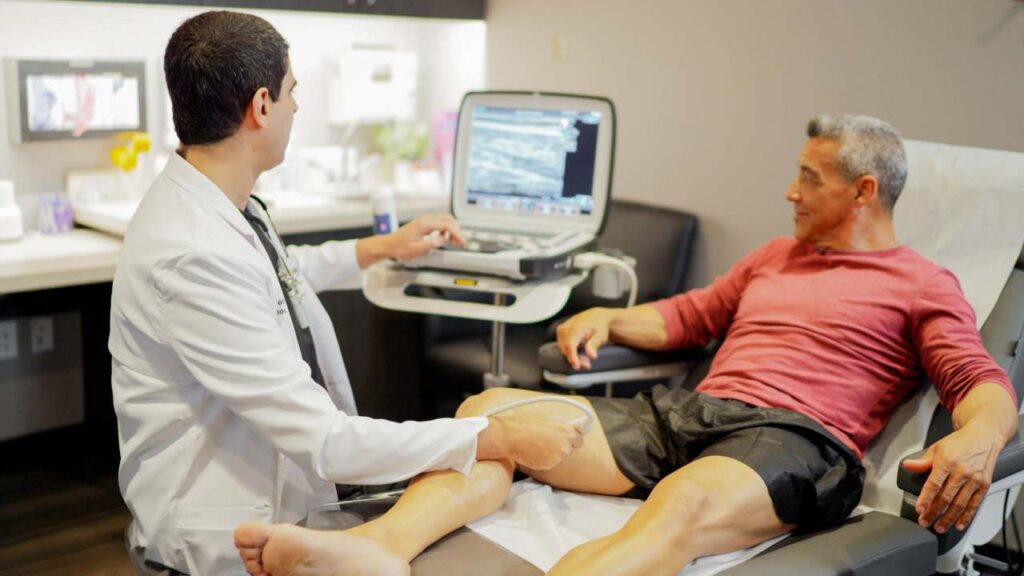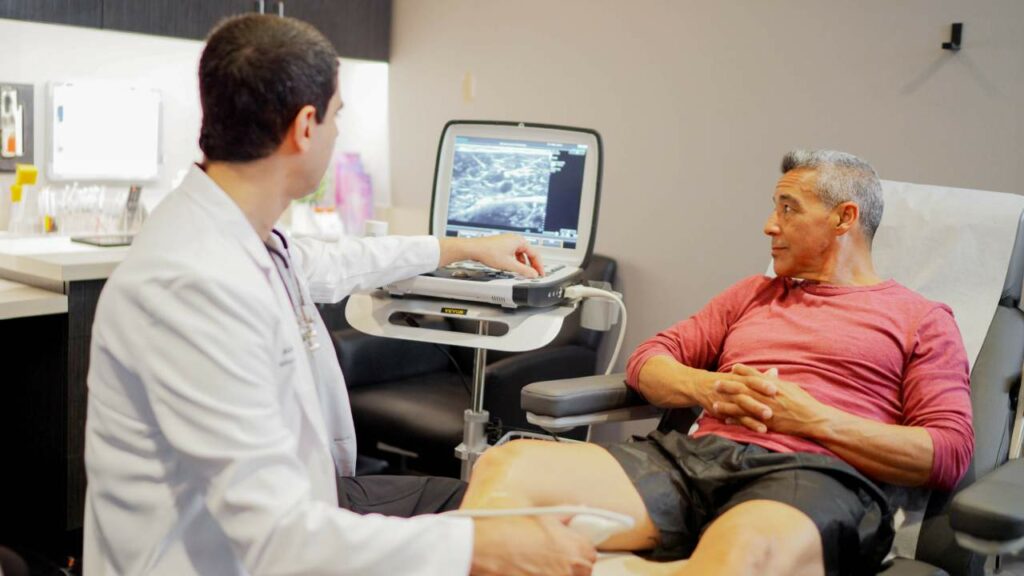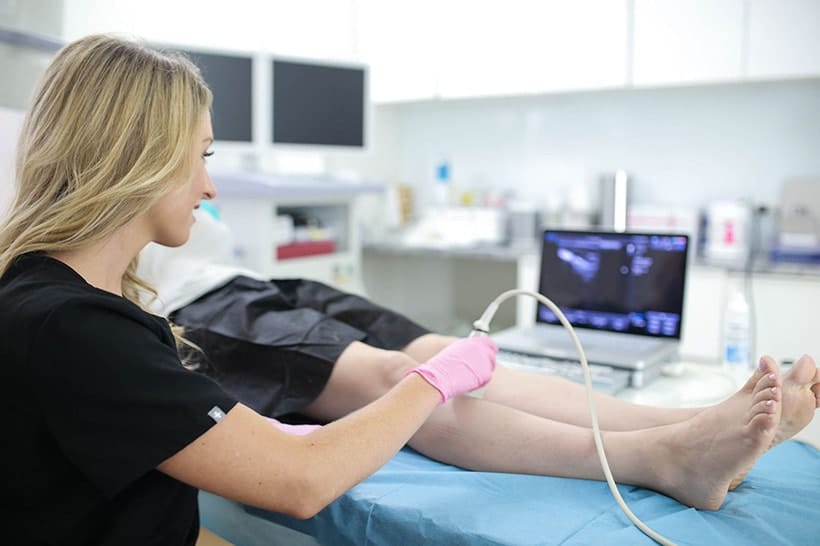What Can Go Wrong with Sclerotherapy Treatments?
Sclerotherapy treatments are safe, time-tested procedures that have been used routinely since 1939 in the United States. Sclerotherapy is a non-surgical, FDA-approved treatment with a low risk profile. Sclerotherapy is widely considered the first line of treatment for spider veins and small varicose veins. Since it does not use heat or large incisions, sclerotherapy requires no anesthesia, further reducing the risk of complications.
However, due to its popularity and efficacy, there’s a wide range of expertise among those who administer sclerotherapy. Book an appointment with board certified vein doctors in California to ensure your treatment is safe and successful. As with any medical procedure, there is some risk involved, primarily if the person conducting the treatment is unqualified. Read on to learn what the risks are and whether sclerotherapy is right for you.
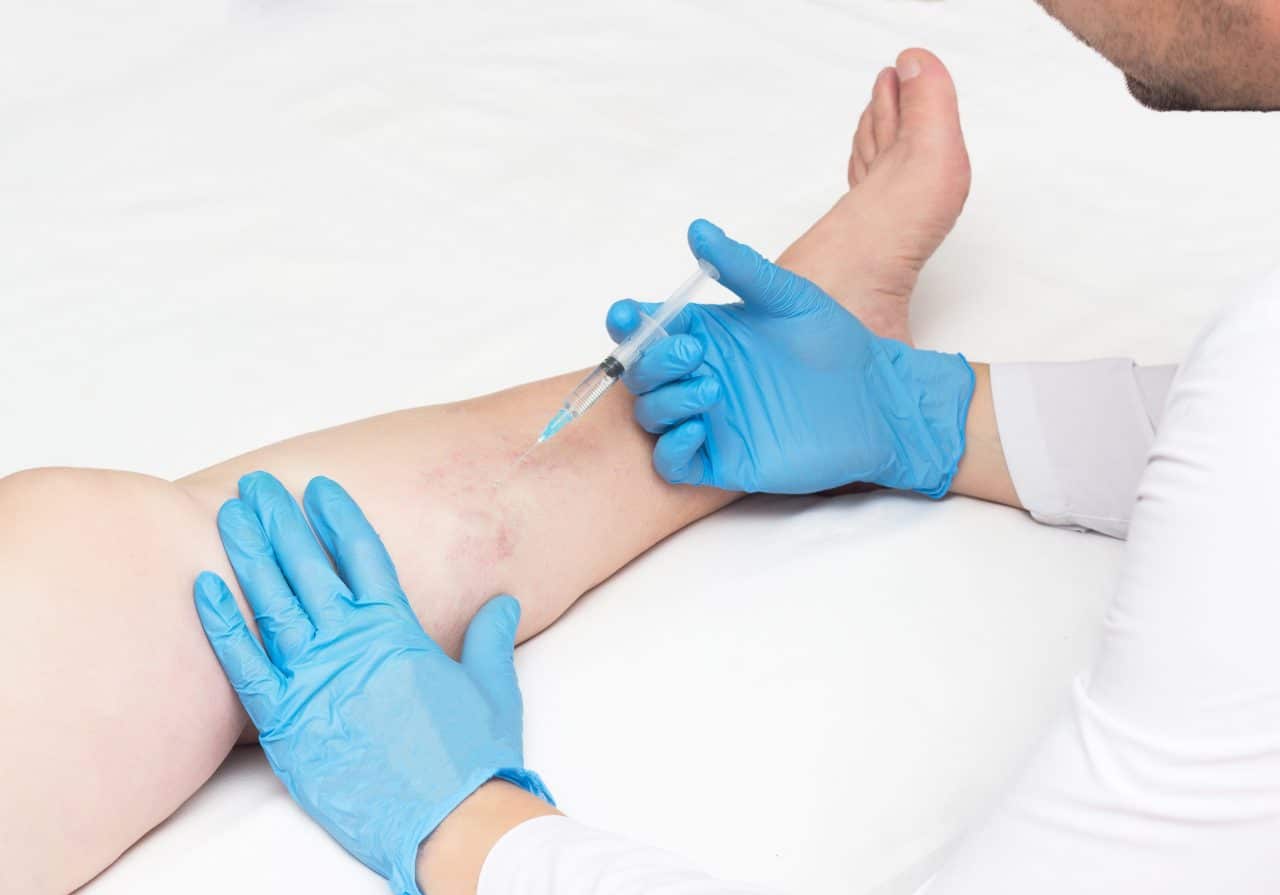
What Is a Normal Reaction in the Treated Area?
It’s normal for skin in the treated area to react to sclerotherapy temporarily. Sclerotherapy is injected with a tiny needle through your skin, directly into the vein. It’s a small injection site that requires no local anesthesia or stitches. However, since it punctures the skin, it’s common to have a bit of bruising or redness for a couple of days.
The duration of these effects varies, since some people bruise or flush more easily than others. A small number of patients experience skin darkening or a cluster of tiny, new blood vessels around the treated area. These are harmless, temporary reactions, which should relent without further treatment.
What Are the Mild Complications of Sclerotherapy?
Mild complications are rare, but they include inflammation near the injection. For this side effect, an over-the-counter pain medication will usually suffice. Ask your vein doctor which one to use. Another rare complication is an air bubble in the vein. This can cause temporary nausea, headaches, or fainting, so call your vein doctor if you develop these uncommon symptoms. The air bubble will dissipate, but your doctor may recommend that you rest and avoid operating machinery until you feel better.
Some patients develop a blood clot, which is not necessarily harmful. Clotting is useful when you have a wound, for instance, since it prevents excessive bleeding. Many clots dissolve on their own, and patients don’t even realize they have one. But in some cases, a blood clot needs medical attention. Read on to learn more.
What Are the Rare Complications of Sclerotherapy?
What can go wrong with sclerotherapy? In exceptionally rare cases, patients develop a deep vein thrombosis that breaks loose and travels to the lung. This is called a pulmonary embolism, and it can be life-threatening if the clot blocks a major artery. If you have dizziness, chest pain, difficulty breathing, or a productive cough with blood, seek emergency medical attention.
Pulmonary embolism is remarkably uncommon with sclerotherapy. But it is possible. It’s also possible to experience this outcome without having a vein treatment, since clots can break loose for several reasons. The way to avoid this serious complication is to choose a vein doctor who’s trained in ultrasound-guided procedures.
Our vein specialists can map your veins prior to treatment and detect existing blood clots. If one is found, they can drain it, treat it, or use a different vein treatment that doesn’t send fluid into the vein. For instance, radiofrequency ablation cauterizes the vein, rather than injecting it with a sclerotherapy solution. Avoid cosmetic vein centers that don’t have the technology to detect blood clots prior to treatment.
Is an Allergic Reaction Possible, and Is It Serious?
An allergic reaction is uncommon with sclerotherapy, but a small percentage of patients react to the sclerosing solution. Irritation was more common with older, saline-based sclerosants, but most vein doctors now use detergent-like formulas. The good news about an allergic reaction to sclerotherapy is that it is typically mild and localized. It’s similar to contact dermatitis, and it will often resolve on its own. Sclerosants deactivate quickly, and within 72 hours the sclerosing solution is excreted from the body. So, any allergic reaction is short-lived.
Is a Sclerotherapy Solution Safe for Treating Spider Veins?
Sclerotherapy is the safest treatment for spider veins for many patients. It’s gentle and non-surgical, so patients can acquire spider vein treatment in 15-30 minutes. Sclerotherapy solutions can be injected in leg veins, facial veins, arm veins, and more, making sclerotherapy a versatile treatment option. If you have an allergy to sclerosants, our vein doctors can use vein adhesives, radiofrequency ablation, or laser treatments instead. So visit our award-winning vein specialists to learn about your options.
Is Sclerotherapy a Safe Treatment for Varicose Veins?
When administered by a qualified vein doctor, sclerotherapy is a very safe treatment for varicose veins. However, it’s most effective when doctors use the right sclerosant. Doctors can inject liquid, foam, or premixed foam solutions into a vein. A varicosity is often a larger vein, so foam formulas might be required. Foam coats a larger vein without significantly increasing the dosage. It also expands to navigate the twists of a varicose vein without losing contact with venous walls.
Irritating the vein’s walls is the intent of sclerotherapy, since that creates the scar tissue that closes the vein. Choose an accredited medical vein center to ensure you get the type of sclerotherapy designed for larger veins. Vein doctors have access to many sclerosants, unlike cosmetic vein centers.
Is It Safer to Wear Compression Stockings?
Sclerotherapy is minimally invasive while compression stockings are non-invasive. From that perspective, there are less risks when you wear compression stockings. But compression stockings are also less effective. They reduce symptoms of swelling and cramping for some patients. But they don’t eliminate damaged veins, nor do they treat the underlying cause.
In addition, compression stockings don’t work for facial veins or veins in the arms or torso. And compression therapy is not risk-free. If you have high blood pressure, blood clots, or heart disease, or if you’re pregnant or taking blood thinners, ask your doctor whether compression stockings are safe for you.
How Long Will It Take the Treated Vein to Heal?
Sclerotherapy requires no downtime. You can even resume moderate exercise immediately, with your doctor’s permission. The treatment closes the vein promptly, but it takes time to fade completely. For smaller veins, it takes a couple of weeks. For larger veins, it can take a couple of months. Once it’s treated properly, the vein will not return, and no subsequent treatments are needed, unless you develop a different, damaged vein.
Is Sclerotherapy the Safest Treatment for My Blood Vessels?
There’s no one treatment that’s safest for everyone. But sclerotherapy is among the safest. Your vein doctor will perform a physical exam and conduct any lab work or tests needed to select treatment. Our Harvard-trained vein doctors choose the safest method, but also the most effective one for your particular condition.
We explain vein treatments in depth and provide you with options to choose from. We’ll tell you why we recommend a treatment and answer any questions you have. As the premier vein treatment center in California, we’ve provided customized vein care for thousands of patients like you.
